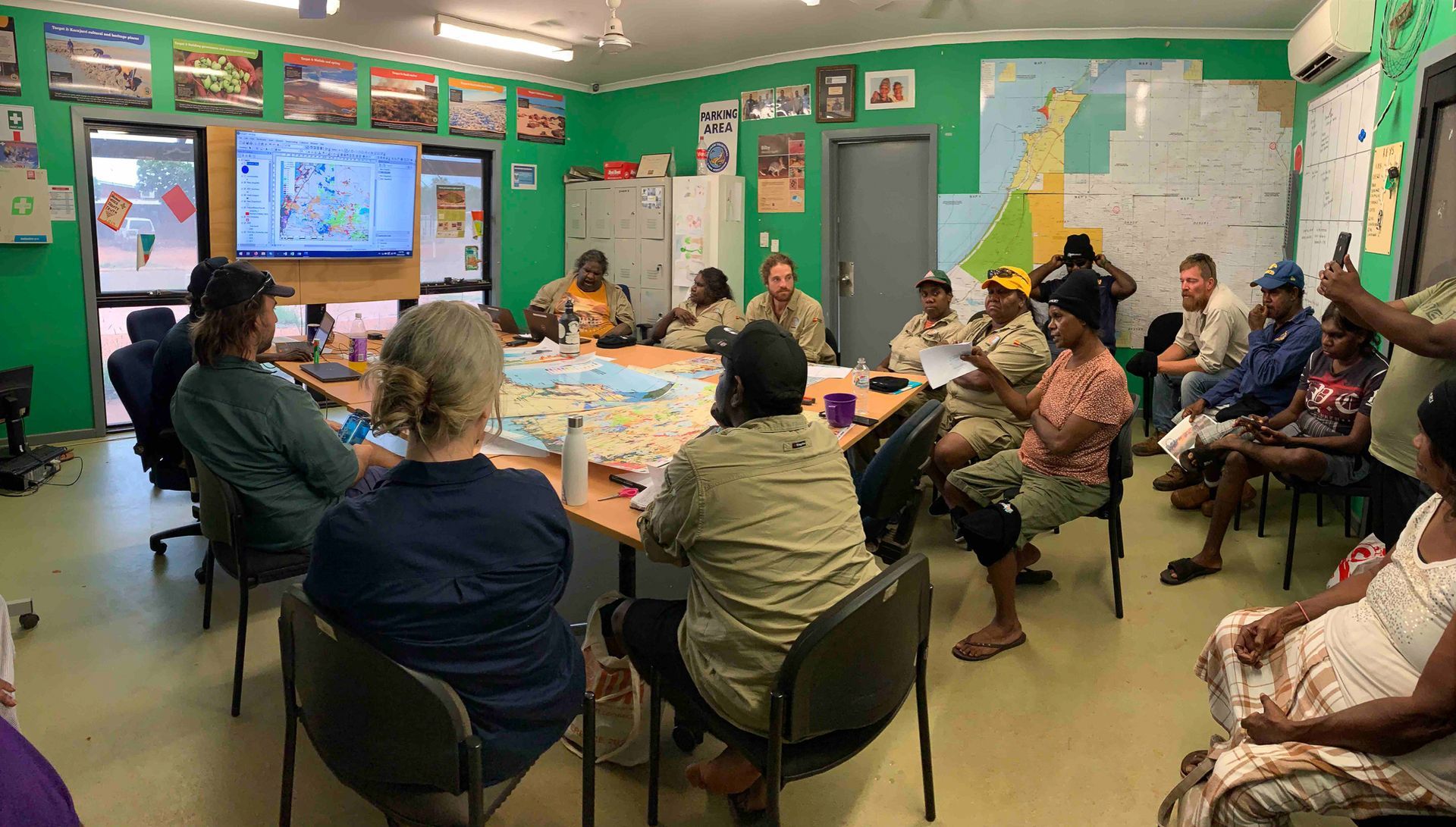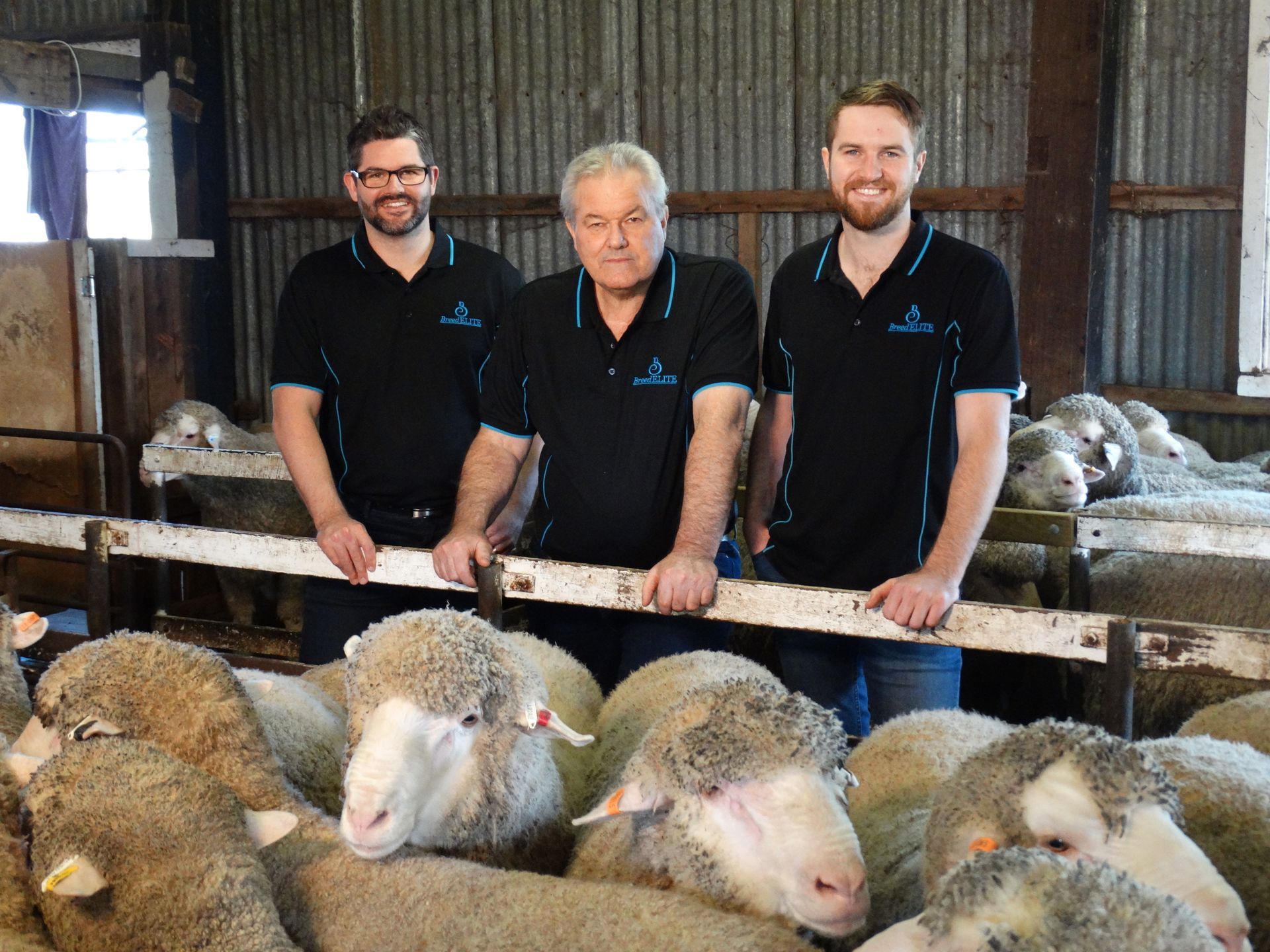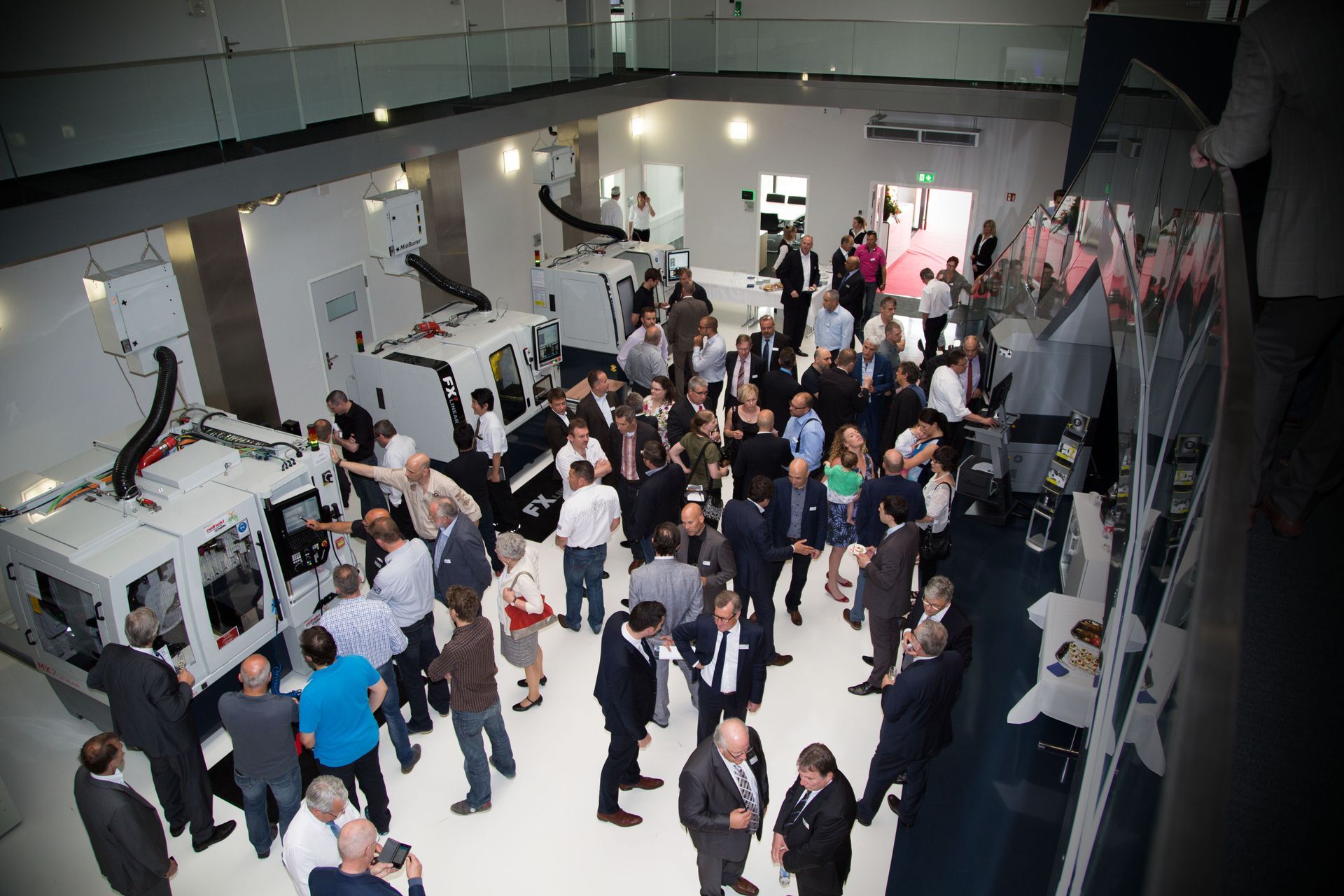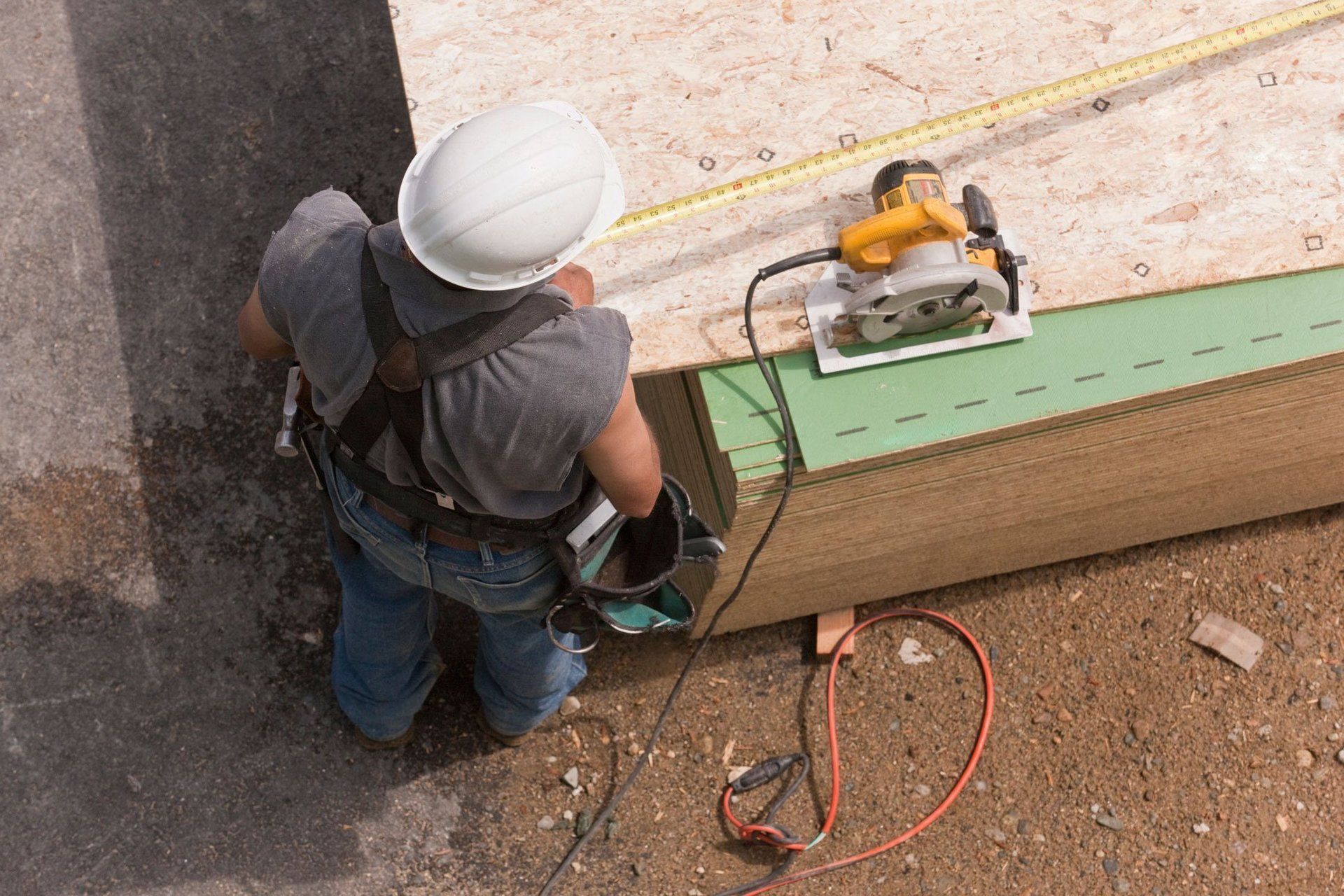Research centre targets zero-emission mining
Alex Chance
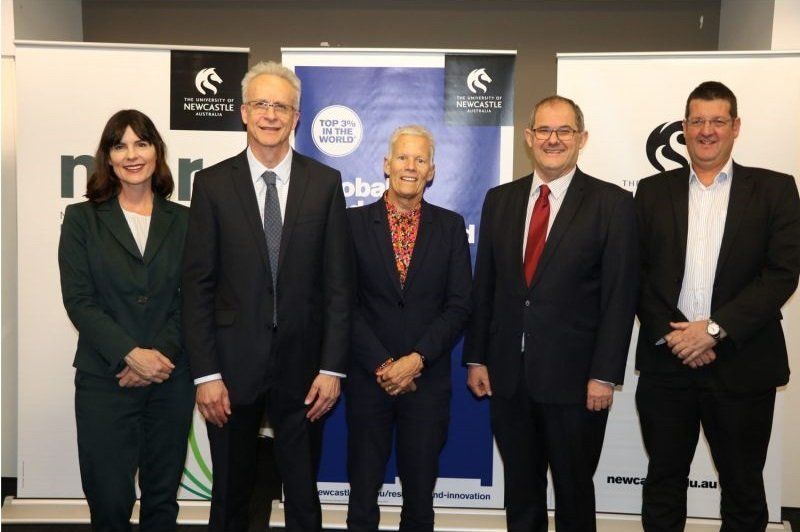
The $35m ARC Centre of Excellence for Enabling Eco-Efficient Beneficiation of Minerals wants to work towards achieving zero-emission mining by doubling energy and water productivity and reducing the loss of high value metals during processing by up to 90 per cent.
“Some minerals are becoming difficult to access and extract, while high usage of energy and water in processing make it expensive and environmentally demanding,” said Professor Kevin Galvin, who will lead the centre from the University of Newcastle.
“It is it urgent that we transform the value addition of mineral processing, known as beneficiation, to achieve a step-change reduction in its environmental footprint."
Beneficiation is the process that removes gangue – the valueless material within which ore is found – to improve the economic value of the ore itself.
"We’re investing in research that will make operations more efficient for mineral separation, minimising losses of high-value minerals, developing new ways to remove solids from waste stream tailings and maximising water recovery,” said Minister for Education Dan Tehan.
Froth flotation is the most used method for ore beneficiation. Ore is ground to a fine size (10-100 microns) and mixed with water in flotation cells. Air bubbles are introduced into the cells, causing the valuable mineral particles to attach to the air bubbles and float to the top – the froth layer. The mineral is then separated from the ore.
Galvin told Innovation Intelligence that the Centre will advance the performance and speed of separation methods when the ore size is smaller and larger than the 10-100 micron range, reducing losses in resource recovery.
This could also lead to an 80% reduction in the energy and water consumption involved in grinding the rock.
There is huge demand for minerals and their metal by-products used in renewable technology like electric vehicles and wind turbines. Additionally, smartphones incorporate 60 different metals.
“What we need to ensure is that in the move to renewables there are no un-intended consequences or environmental bottlenecks,” Gavin told Innovation Intelligence.
“The centre will closely engage with industry partners and end-users, establishing new technologies, chemical reagents, and innovative processes to transform the minerals industry,” said Member for Robertson, Lucy Wicks at the University of Newcastle’s Institute for Energy and Resources.
UoN researchers will collaborate with experts at seven Australian universities, and with 10 academic and industry partner organisations from Australia, Europe, and America, including the CSIRO.
“Through this investment, more than 70 PhD students and 15 post-doctoral researchers will work towards achieving ‘transformational’ solutions, working across multiple research disciplines,” Galvin said.
This is the fourth centre announced this year, in the first round of funding since 2017.
Another recently announced
centre will conduct a world-first longitudinal study to investigate the digital lives of children over the first eight years of their lives, covering 3000 families.

In 2016 I published a blog article titled Moonshots for Australia: 7 For Now. It’s one of many I have posted on business and innovation in Australia. In that book, I highlighted a number of Industries of the Future among a number of proposed Moonshots. I self-published a book, Innovation in Australia – Creating prosperity for future generations, in 2019, with a follow-up COVID edition in 2020. There is no doubt COVID is causing massive disruption. Prior to COVID, there was little conversation about National Sovereignty or supply chains. Even now, these topics are fading, and we remain preoccupied with productivity and jobs! My motivation for this writing has been the absence of a coherent narrative for Australia’s business future. Over the past six years, little has changed. The Australian ‘psyche’ regarding our political and business systems is programmed to avoid taking a long-term perspective. The short-term nature of Government (3 to 4-year terms), the short-term horizon of the business system (driven by shareholder value), the media culture (infotainment and ‘gotcha’ games), the general Australian population’s cynical perspective and a preoccupation with a lifestyle all create a malaise of strategic thinking and conversation. Ultimately, it leads to a leadership vacuum at all levels. In recent years we have seen the leadership of some of our significant institutions failing to live up to the most basic standards, with Royal Commissions, Inquiries and investigations consuming excessive time and resources. · Catholic Church and other religious bodies · Trade Unions · Banks (and businesses generally, take casinos, for example) · the Australian Defence Force · the Australian cricket teams · our elected representatives and the staff of Parliament House As they say, “A fish rots from the head!” At best, the leadership behaviour in those institutions could be described as unethical and, at worst….just bankrupt! In the last decade, politicians have led us through a game of “leadership by musical chairs” – although, for now, it has stabilised. However, there is still an absence of a coherent narrative about business and wealth creation. It is a challenge. One attempt to provide such a narrative has been the Intergenerational Reports produced by our federal Government every few years since 2002. The shortcomings of the latest Intergenerational Report Each Intergenerational Report examines the long-term sustainability of current government policies and how demographic, technological, and other structural trends may affect the economy and the budget over the next 40 years. The fifth and most recent Intergenerational Report released in 2021 (preceded by Reports in 2002, 2007, 2010 and 2015) provides a narrative about Australia’s future – in essence, it is an extension of the status quo. The Report also highlights three key insights: 1. First, our population is growing slower and ageing faster than expected. 2. The Australian economy will continue to grow, but slower than previously thought. 3. While Australia’s debt is sustainable and low by international standards, the ageing of our population will pressure revenue and expenditure. However, its release came and went with a whimper. The recent Summit on (what was it, Jobs and Skills and productivity?) also seems to have made the difference of a ‘snowflake’ in hell in terms of identifying our long-term challenges and growth industries. Let’s look back to see how we got here and what we can learn. Australia over the last 40 years During Australia’s last period of significant economic reform (the late 1980s and early 1990s), there was a positive attempt at building an inclusive national narrative between Government and business. Multiple documents were published, including: · Australia Reconstructed (1987) – ACTU · Enterprise Bargaining a Better Way of Working (1989) – Business Council of Australia · Innovation in Australia (1991) – Boston Consulting Group · Australia 2010: Creating the Future Australia (1993) – Business Council of Australia · and others. There were workshops, consultations with industry leaders, and conferences across industries to pursue a national microeconomic reform agenda. Remember these concepts? · global competitiveness · benchmarking · best practice · award restructuring and enterprising bargaining · training, management education and multiskilling. This agenda was at the heart of the business conversation. During that time, the Government encouraged high levels of engagement with stakeholders. As a result, I worked with a small group of training professionals to contribute to the debate. Our contribution included events and publications over several years, including What Dawkins, Kelty and Howard All Agree On – Human Resources Strategies for Our Nation (published by the Australian Institute of Training and Development). Unfortunately, these long-term strategic discussions are nowhere near as prevalent among Government and industry today. The 1980s and 1990s were a time of radical change in Australia. It included: · floating the $A · deregulation · award restructuring · lowering/abolishing tariffs · Corporatisation and Commercialisation Ross Garnaut posits that the reforms enabled Australia to lead the developed world in productivity growth – given that it had spent most of the 20th century at the bottom of the developed country league table. However, in his work, The Great Reset, Garnaut says that over the next 20 years, our growth was attributable to the China mining boom, and from there, we settled into “The DOG days” – Australia moved to the back of a slow-moving pack! One unintended consequence of opening our economy to the world is the emasculation of the Australian manufacturing base. The manic pursuit of increased efficiency, lower costs, and shareholder value meant much of the labour-intensive work was outsourced. Manufacturing is now less than 6% of our GDP , less than half of what it was 30 years ago!




